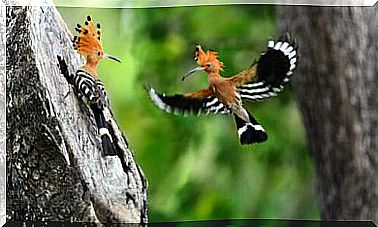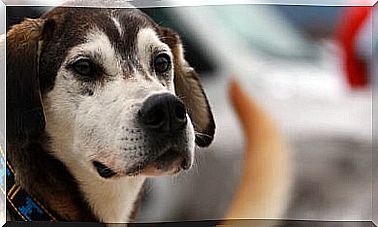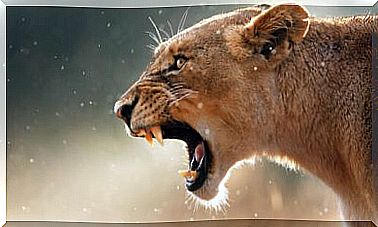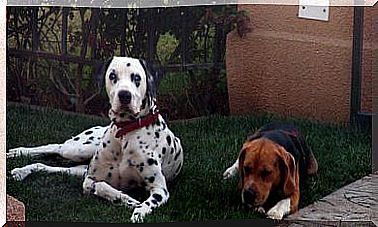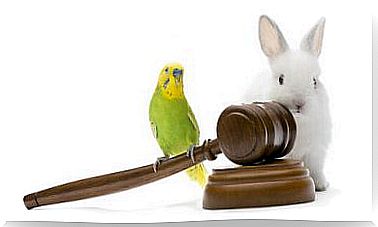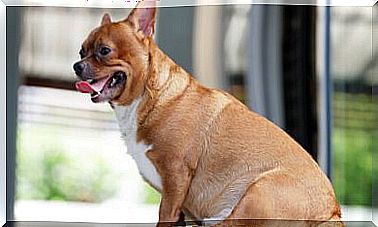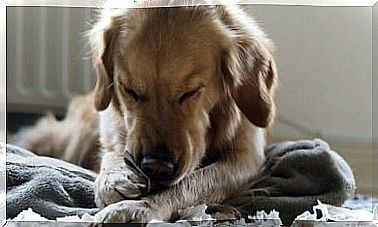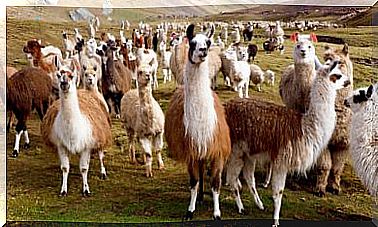How Do Animals Perspire?
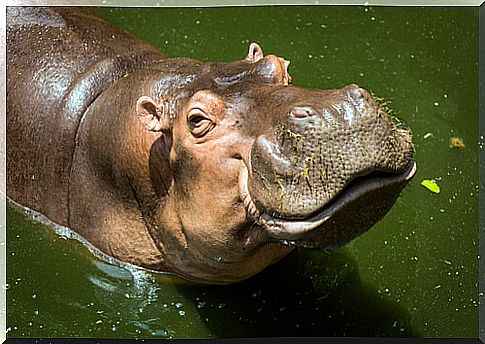
Through sweat, many species, including man, reduce the temperature of the body when it is very hot. However, there are some that have a different secretion system than ours. In this article we will tell you how animals perspire. It is really curious!
Why do animals perspire?
First of all we should know what are the reasons why animals sweat. Perspiration is a fluid secreted by the sweat glands that cools the body. The species that perspire are known as ‘homeotherms’ because their metabolism generates heat during the functioning of the main organs.
This does not happen with cold-blooded animals (reptiles and amphibians) and, therefore, they do not have a thermoregulation system like mammals. In addition, sweating allows to eliminate waste substances and salts accumulated in the body.
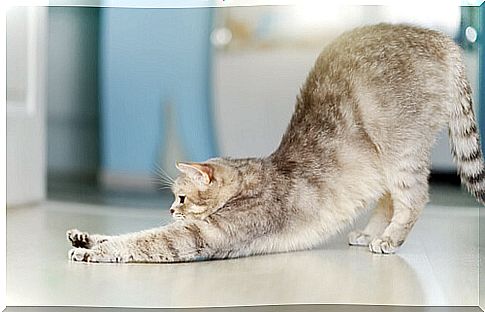
Therefore, sweating is only a mechanism used by animals that have sweat glands and, those that do not have even one, must use another method to regulate body temperature.
For example, rabbits and rodents are some ‘rare’ mammals that do not sweat, but lose heat through their tails and ears. This is the reason why desert subspecies have larger ears than forest or field ones.
The dog, a well-known case, uses panting to eliminate excessive body heat through the evaporation of water on the tongue ; and the pig, on the other hand, wallows in the mud or the water in summer to be able to cool off.
How Animals Perspire: Different Types
Depending on the species to which it belongs, an animal will have a different way of eliminating sweat: it all depends on the glands it has. In the case of amphibians, they have very sensitive and light skin that, instead of producing ‘perspiration’, their glands secrete moisturizing mucus or poison depending on the occasion.
In their case, reptiles have thicker skin, since it is protected by a layer of keratin, but they do not have glands. For their part, birds use their uropygeal gland to produce a kind of oil that allows them to groom and waterproof their feathers.
The vast majority of mammals sweat, but not all in the same way, since it will depend on the sweat glands they have in the epidermis, which can be of two types:
1. Eccrines
They are what humans and primates have, and they are distributed throughout the body. Sweat spills onto the surface of the dermis, especially the armpits, hands, feet, forehead, and neck.
2. Apocrines
They are present in some regions of the epidermis, such as the palms of the hands and feet, the nose or in those bare areas of hair. Some species such as the donkey, the camel or the cow also have this type of glands almost throughout the body, which allow them to cool down when it is very hot.
How animals perspire: different examples
In addition to the species named above, there are animals that perspire in such a way that it is worth highlighting them:
1. Horse
The two main areas for sweating in equines are the belly and neck. When they exercise a lot or run long distances, perspiration turns into a kind of foam on the skin. In one hour of hard training a horse can lose up to 15 liters of sweat.
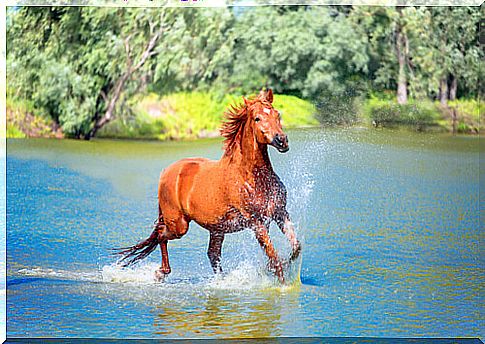
2. Hippo
The skin of this huge mammal has areas with a special pinkish discharge to protect it from the sun, as it is thin and delicate. Hippos excrete this fluid, in addition, to maintain hydration and avoid infection.
3. Birds
They sweat very little and almost imperceptibly: through the areas not covered with feathers or under the wings, which would be like their armpits. Then they open their wings to dry themselves and avoid the formation of fungi or infections. They are smart!
4. Cats
Felines perspire through the pads of their paws and through their noses, although there are exceptions such as the sphinx cat, which is hairless and must secrete fat to protect it from the sun.
